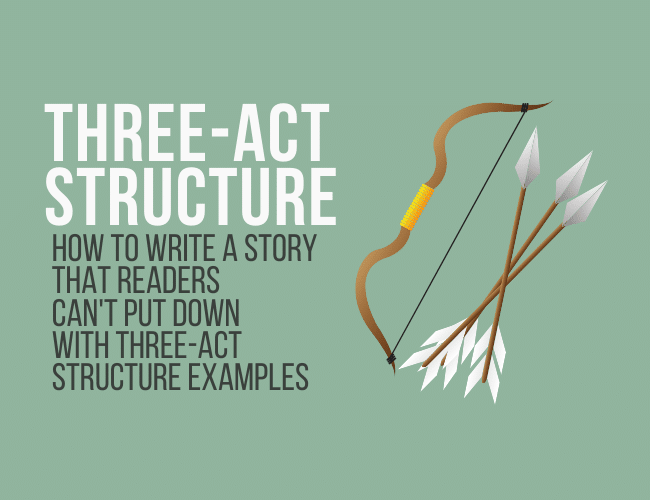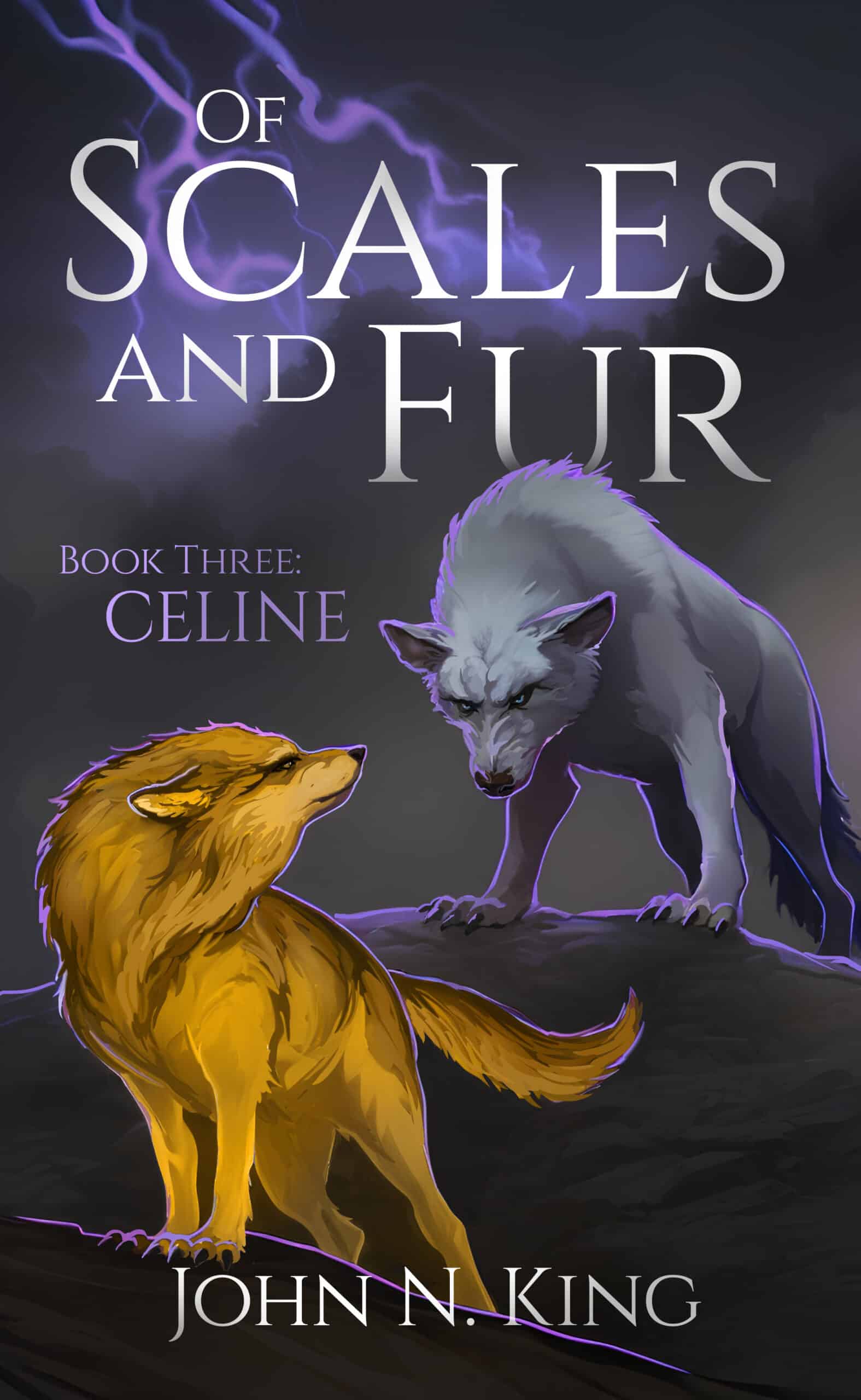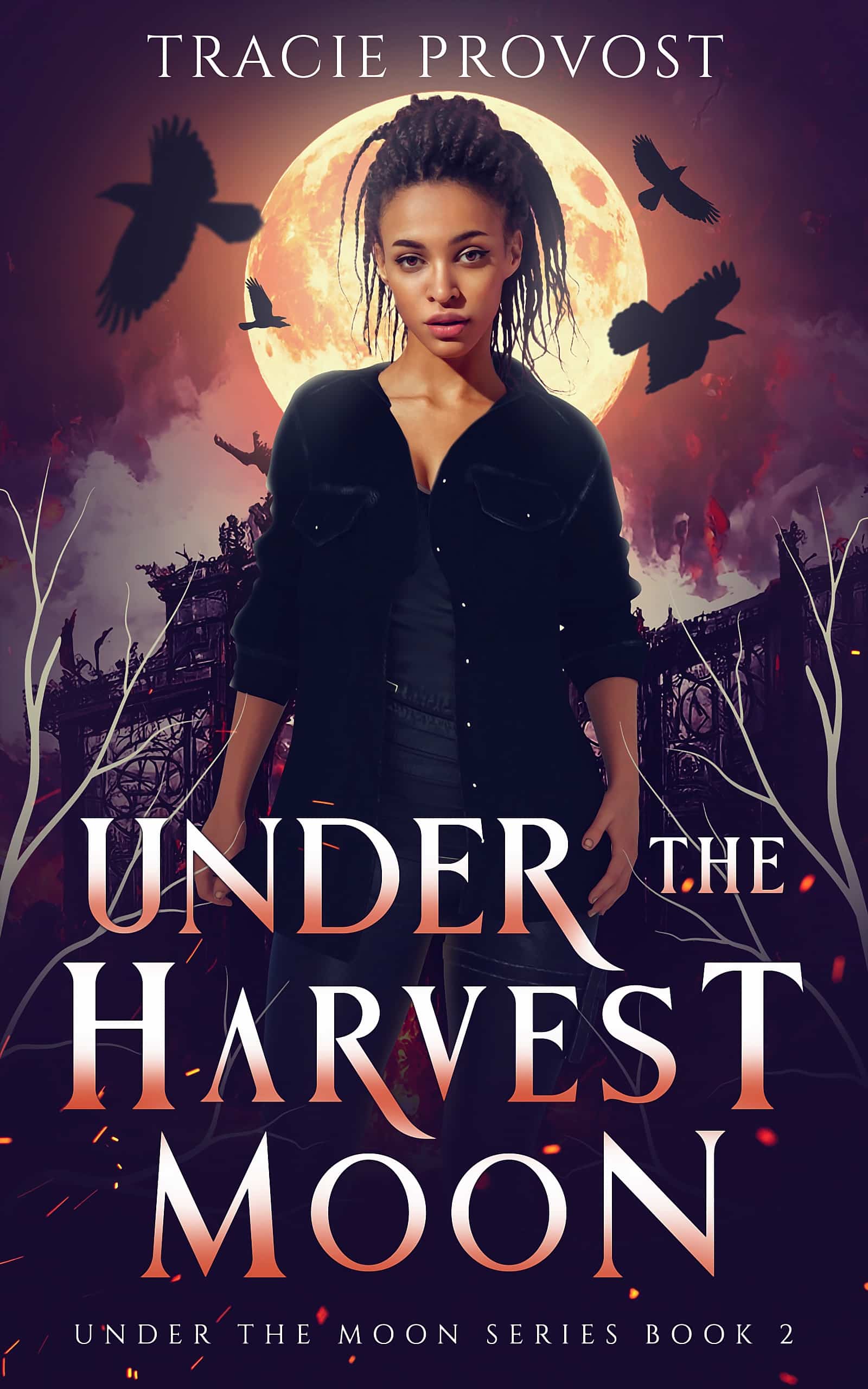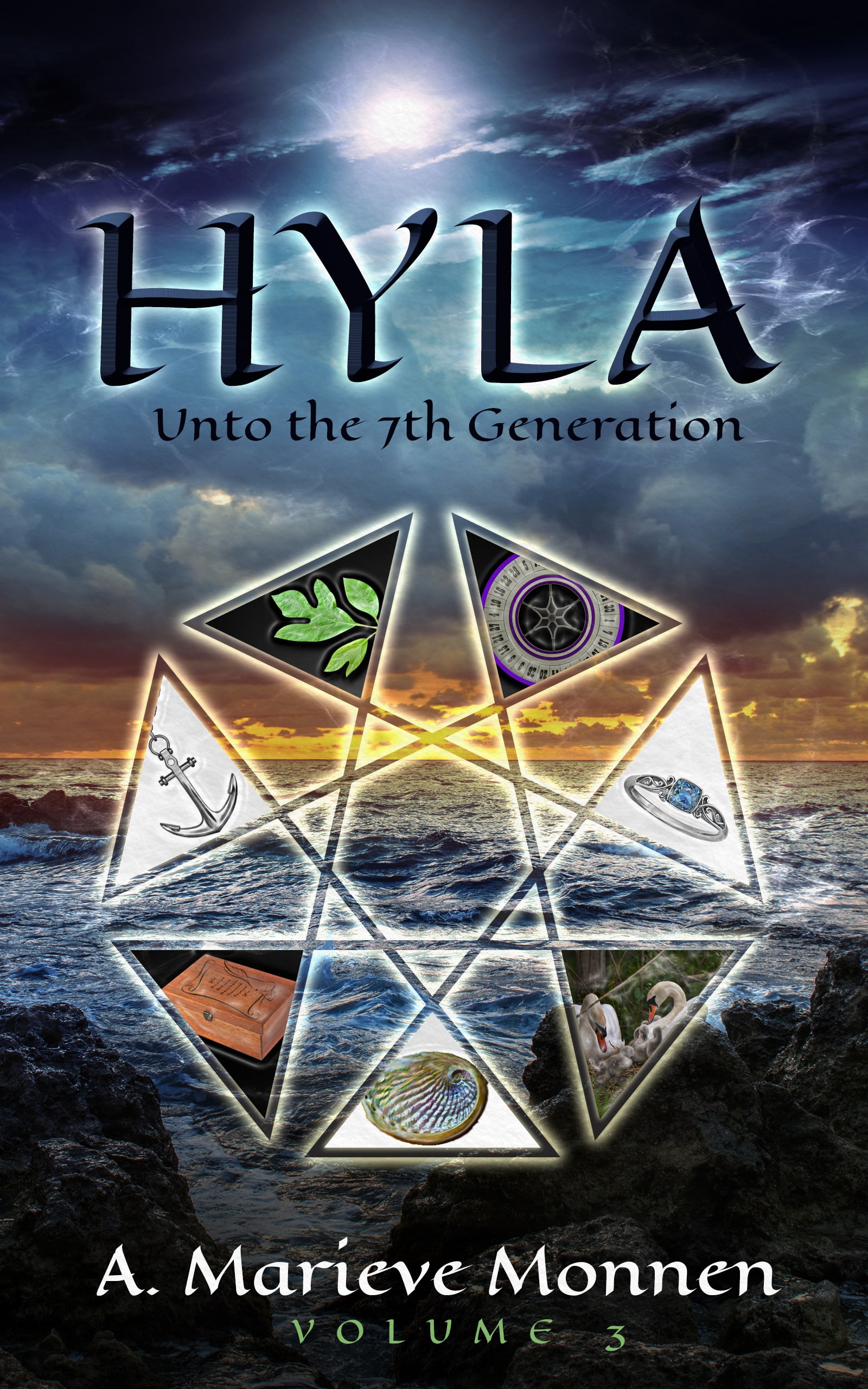If you're struggling to write stories your readers will love, you're not alone. We talk a lot about structure here at the Write Practice as a way to help you get your stories told. Today, we'll look at another model you can use to write stories that actually work: 3-Act Story Structure.

Every story begins as an idea. The work of a writer is to take that idea, in all its complexity, and translate it into a story.
Ideas always feel fully formed in our minds, but when we sit down to put them into words, the struggle begins. Ideas don't just morph into narrative form, complete with perfect plot points. The ideas resist our efforts and trying to make the story make sense turns to frustration.
Thankfully there are strategies you can use to overcome the stubborn nature of an idea and successfully rise to the challenge of writing a great story.
One of the best (and oldest!) strategies you can use is the Three-Act Structure. We'll define the Three-Act Structure and then look at the structure in action through some examples.
Finally, we'll look at why story structure matters as a narrative model, and how you can use it to write a story readers can't put down.
Definition: What Is Three-act Story Structure?
Three-act structure is a dramatic framework for building stories. At its most basic level, it is a way to look at a story's beginning, middle, and end.
The beginning sets up the characters and problem, the middle is marked by a story beat or action that forces the main character to act in pursuit of a goal, and the end resolves the dilemma and drama.
The three-act structure was first articulated by Aristotle in his Poetics, but he was simply identifying the qualities that seemed to describe what he viewed as the effective drama of his time.
Syd Field popularized and expanded this definition in his 1979 book Screenplay: The Foundations of Screenwriting. He called the three acts the Set up, the Confrontation, and the Resolution, and within those three larger elements are the smaller plot points that move the story forward.
In his bestselling guide and course, The Story Grid, Shawn Coyne uses the three-act structure to help writers and editors map out a big picture vision for a story.
Why Story Structure Matters (And How Three-Act Structure Helps)
You might think it's too simplistic. Of course all stories have a beginning, middle, and end.
But you'd be surprised how many writers are missing one or more of these key components and it's frustrating their readers.
Story structure is perhaps the most powerful—and most subtle—means of creating a plot and telling a story that your readers can't put down. And it isn't just for novel writers.
Screenwriters are famous for using the Three-Act Structure in their writing process. Screenwriting guru Robert McKee especially provides incredible depth on the topic in his must-read book, Story.
It's also convenient that great story structure solves most of the problems of writer's block. When we're blocked, we might complain that the words won't come, or the characters aren't appearing to us. We see our problems as having to do with our inability to create personalities or conjure the right verbiage.
You're about to discover how a well-plotted three-act structure will solve storytelling problems like disjointed character development, aimless world building, and more.
If you're hoping to translate your stubborn story idea into a novel that works, pay attention to what matters. Study three-act story structure and use it to plan, draft, and revise your story.
An Editor's View of Three-Act Structure in Stories
In The Story Grid, book editor Shawn Coyne shares examples of stories that worked and stories that didn't. Each one that works follows a clear, familiar structure.
He breaks each story into three parts, or Acts.
The First Act is the BEGINNING HOOK.
When I outline Act One of my book, I prefer to call it simply the “Hook.”
Why?
Because the term “Beginning” invites me to write lots of backstory and world building, stuff that isn't very interesting to my reader yet. We need to entice our reader with an important first plot point, like a “save the cat” scene that grabs their interest and refuses to let go.
Notice how the label “Hook” forces the author to think in terms of what the readers want. The beginning of your book isn't about creating the world of your imagination, or making a bold statement about morality.
It's about giving your reader a memorable experience from page one.
To do this, you need to establish your protagonist's status quo, and then throw something that insinuates a high stake—something that threatens their physical, psychological, and/or professional death—at them. The disruption forces the main character to make a decision that illustrates how they accept their call to adventure.
Without this Point of No Return decision (made at the end of the Beginning Hook), there is no adventure.
For example: In Suzanne Collin's The Hunger Games, the reader gets a glimpse of Katniss' life and world in District 12. We also get a clear idea of what Katniss wants (to protect her sister Prim) and how the Capitol controls the Districts with harsh consequences like the Hunger Games.
Because of this, the reader cares a great deal when 1) Prim's name is drawn in The Reaping, and 2) Katniss volunteers as tribute.
Your reader's time is valuable and there are many forces competing for their attention. That's why the first portion of your story must be entirely dedicated to HOOKING their attention with engaging conflict, stakes, and character.
Act II is the MIDDLE BUILD.
To describe the middle of your book, use the word “Build.” Act Two is where your character arcs begin to get really interesting.
After establishing the goals and stakes of your characters in Act One, you need to put it all to the test as they work to solve the major plot point or dramatic question.
Often called the “rising action,” the Middle Build is where you challenge your characters in every way possible. It's essential that they take risks and lose—at least some of the time.
The Middle Build is also where subplots begin to become crucial, forcing the hero into nearly impossible dilemmas. The second act of your story isn't just the midpoint on the way to the end: it's the necessary turning point where everything you've set up in the Hook must change, and often in ways that terrify the reader and make them think the good guys are going to lose.
So when you think of the middle of your book, remember to always raise the stakes. It's called “rising action” for a reason—conflicts should get more risky with every passing page so that the reader is unable to put the book down.
That death stake (physical, psychological, and/or professional) is pushed to its limits.
For example: In The Hunger Games, Katniss meets daunting requirements in preparation for the games. This includes an action that challenges Katniss' worldview: she needs to get people to like her if she stands a chance at winning the games.
While in the games, Katniss' death stakes (physical) continue to rise. At first, Katniss runs from a fight until the midpoint, where she knows to no longer fight will result in her death. She drops a tracker jacker nest on The Careers and forms an alliance with Rue, who is later killed while working with Katniss to destroy The Career's food supply.
Then, Rue dies. Katniss covers her body with flowers and turns her anger to the real enemy: the Capitol.
Overall, the Middle Build is about building suspense with conflicts (forces of antagonism) that not only provide elevating external challenges, but also establishing story events that force the protagonist to shift their worldview.
The combination of the internal and external stories as they build towards an All Is Lost Moment—a character's lowest point at the end of Act II—keeps the reader engaged. When they're engaged, they'll care about what happens to the protagonist.
Finally, Act III is the ENDING PAYOFF.
Once again, Coyne delivers a perfect term to describe how a story should conclude: Payoff.
During the messy work of excavating a story from our imagination, it can be easy to generalize key moments. This is especially true for the ending. There's nothing wrong with having an ending in mind when you are writing, but it can go wrong if the ending you've planned doesn't involve a payoff.
Throughout the middle of the story, an author makes promises to the reader. They come in the form of threats, dangers, hopes, and dreams. Usually, there are two promises, and they are both emotional. It is now, in the third act, that you must pay each promise off.
The first is negative:
- Storytelling Promise #1: Your story's main character must be willing to lose everything for the goal, and does.
This is often called the “dark night of the soul,” or the “point of no return.” The hero tries to win and fails, often facing rejection, abandonment, torture, and even death.
But there is also a second promise:
- Storytelling Promise #2: The main character's goal is an important one for humanity as a whole.
When the protagonist overcomes the dark night of the soul, and somehow overcomes the point of no return to prevail against the story's villain in an incredible final battle, the hero acquires benefits of victory that extend to all. This is why the denouement of many books and films is filled with singing, dancing, and general celebration.
The difficult, painful work is over, all the loose ends are tied up, and the vast majority of the story's world rejoices with the heroes in the end.
This is why we love the hero's journey as a story structure. In the end, the hero's quest was really about blessing the people at large. We celebrate heroes like Captain America in the Marvel films, or Luke Skywalker in Star Wars.
In a nutshell, this is the “payoff” the reader waits to read or see for the whole book. It is the fulfillment of story's core promises and their consequences—specifically the consequences of the main character's choices to pursue his or her goal and the final battles they must fight.
Many authors make the mistake of forgetting one or even both of these promises when they write their endings. So remember:
- Promise #1: Your hero must suffer the ultimate penalty for trying and failing to achieve the goal
- Promise #2: Your hero must overcome that penalty and share the blessings of victory with society at large
This classic storyline is the beating heart of some of our favorite Hollywood tales. Harry Potter, The Hunger Games, Star Wars, The Avengers, and so many more.
This is the moment the protagonist not only recognizes their special gift—or what makes them unique to the story—but they use it to defeat their antagonist.
Because of this, they are able to accomplish their goal (or new want, if that want has changed throughout the story). If they don't change their worldview, they will fail to get what they want because they couldn't figure out what they need. Stories that end this way are cautionary tales.
A character's wants and needs (also called objects of desire) go hand-in-hand. There is no securing one without achieving the other.
For example: In the Ending Payoff of The Hunger Games, the rules are changed. Katniss finds Peeta and they work together. Then, Katniss risks her life to acquire an ointment that will save Peeta's life, and later Katniss, Peeta, and Cato fight in a final face-off after being chased by mutants.
With Cato dead, the finale of the games occurs when the rules are changed again. But instead of killing one another, Katniss—recognizing the truth about the Capital and her special gifts (bravery, intelligence, boldness, all of which make her a rebel leader)—and Peeta vow to eat the berries together. This forces the Gamemakers to change the rules back.
Both Katniss and Peeta walk out of the games as Victors—even if the games, Katniss knows, aren't really over.
When writers apply the Three-Act Structure like followed in The Hunger Games, they produce a story with clear goals and stakes that force a main character to make crisis decisions that challenge and evolve their worldview.
The Three-Act Structure advances the plot with exciting conflicts, and it also grips readers with strong character arcs that unravel for the reader as the main character responds and reacts to their external circumstance.
Only then, when a Beginning Hook full of set ups ends with an honest payoff, will a story satisfy the reader.
Breaking Down the Plot Points of Each Act
You may feel yourself resisting this structural process when you try to break your story idea into three parts, or Acts. This is because each Act won't be equal in length.
Also, each Act will include its own mini-arc, usually following the five elements of Plot:
- Inciting Incident
- Progressive Complication (Rising Action)
- Moment of Crisis
- Climactic Choice
- Resolution of the Crisis (Denouement)
These parts of your story will also be unequal. Coyne distills the ratios down like this:
“The Beginning is about one quarter of the Story. The Middle is about one half of the Story. The End is the last quarter of the Story. Are there stories that do not break down 25/50/25? Absolutely. But if you were to average every Story ever told, 25/50/25 would be the result.”
So there you go. Your BEGINNING HOOK should be about 25 percent of your story, or 20,000 words of an 80,000-word novel (standard for new authors).
Your MIDDLE BUILD, naturally involving more movement and choice and escalation, should be about 40,000 words, or 50 percent.
And your ENDING PAYOFF, like the beginning, is 25 percent or 20,000 words.
Of course these numbers vary based on your chosen genre, audience, and even if you have an established track record as an author who can sell thousands of books. If George R.R. Martin approaches his editor with a 200,000-word manuscript, the editor will grin like a kid on Christmas. But if you did that, you'd be laughed out of the room, or worse, ignored.
But Coyne isn't done there. Using this arithmetic, you can estimate the number of chapters you should be writing. How can you guess such a thing?
Easy: By writing “potato chip” chapters.
Write “Potato Chip” Chapters
According to Coyne, a “potato chip chapter” is about 2,000 words long — an easy length to consume in 10–15 minutes.
“If you are about to go to bed and you’re reading a terrific novel and the scenes/chapters come in around 2,000-word bites, you’ll tell yourself that you’ll read just one more chapter. But if the narrative is really moving after you finish one of these bites, you won’t be able to help yourself reading another. If the Story is extremely well told, you’ll just keep eating the potato chip scenes all through the night.”
Within each “potato chip” chapter, write a mini-story with its own complete arc. Make sure your character covers an important plot point that raises the stakes, adds to the conflict, and builds to a turning point.
Then repeat.
If you aim to write a novel that is 80,000 words long, and your target chapter-length is 2,000 words, then you should aim to write 40 chapters. Broken down even further, your Three Acts will be portioned out roughly like this:
- BEGINNING HOOK: 10 Chapters
- MIDDLE BUILD: 20 Chapters
- ENDING PAYOFF: 10 Chapters
These are not hard and fast rules, of course. Your chapter numbers can and should vary based on your story details and genre. There's nothing sacred about the number 40, or even 2,000 words. I've read chapters 2,000 words in length that were an absolute bore, and I've read chapters 5,000 words in length that thrilled me to the core. It all depends on your pacing, style, and the drama of your story.
But as a general guide, a roadmap to writing a story that will thrill readers nearly every time, these figures are a great place to start planning a book.
What About Five-Act Structure?
At this point, you might ready to point out the great British elephant in the room: William Shakespeare and his use of five-act structure.
Scholars have argued whether or not there is actually a difference. Since our definition of structure is based on the choices, risks, and goals of your main characters, and not arbitrary delineations based on scene changes, three-act structure is the ideal plotting strategy for you to use.
It's how Aristotle outlined story structure thousands of years ago in his famous work, Poetics, and most of his ideas have stood the test of time.
Still, if it gives you joy to plan with five acts instead of three, don't let me stop you!
(Seriously, just write! Don't get analysis paralysis!)
Just realize that in the end, the two structures are technically one in the same, and won't really affect the final product.
Use Three-Act Structure to Supercharge Your Writing!
Don't forget the point of this learning about story structure: To create a wildly readable story for your reader.
It isn't about impressing anyone, or following any “rules.” It's about tapping into the DNA that human beings and great stories share. It's about giving yourself a useful tool to plan, draft, revise, and re-plan when things go wrong. It's about transforming your story from “vague idea” to a methodical and intentional piece of art.
So wherever you are in your work-in-progress, consider pausing to examine your structure. Does it fit neatly into three identifiable “Acts?” Do those Acts follow a five-step plot structure that will raise the tension and keep the reader interested?
And are your chapters written with the reader's love of story in mind, down in the 1,500–2,500 word range?
These are great questions to consider as you take your story idea and begin to work it and shape it into a tangible story.
Try Three-Act Structure today!
What structure do you use to craft your stories? Let us know in the comments.
PRACTICE
Take fifteen minutes to think through your work in progress in terms of three-act structure.
Write one sentence to describe each act: What happens in the beginning hook? What happens in the middle build? And what happens in the ending payoff?
Don't have a work in progress? Think through what the three acts of a story might be based on this prompt: They both danced around the elephant in the room.
When you're done, share your three sentences, and be sure to leave feedback for your fellow writers! Write Practice Pro community members can post in the practice workshop here.
Not a member? Join us here and begin your practice with other writers today.
You deserve a great book. That's why David Safford writes adventure stories that you won't be able to put down. Read his latest story at his website. David is a Language Arts teacher, novelist, blogger, hiker, Legend of Zelda fanatic, puzzle-doer, husband, and father of two awesome children.



0 Comments